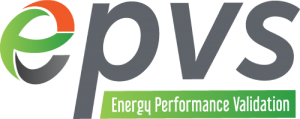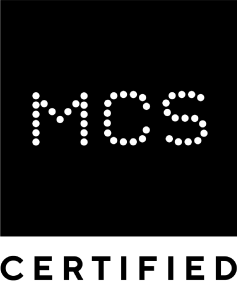What does a Solar Inverter actually do?
The solar inverter is one of the most important parts of kit in your renewable energy arsenal.
When electricity is produced by traditional power stations, hydro and wind it is alternating current (AC).
However, the kind of electricity generated by solar panels is direct current (DC).

The national grid supplies all homes with AC electricity as it’s what most household appliances use. You will have items in the home that are powered by DC electricity but they are generally smaller items and will come with a transformer style plug to convert the AC current to DC.
And that is basically what an inverter is, a device that transforms the DC electricity produced by your solar panels into AC electricity for your home.
Computers, games consoles and electric vehicles all use DC electricity and the conversion to DC is done within the charging unit.
Learn more about solar inverters in the video below:
What else does your solar inverter do?
- Monitors electricity production levels
- Feeds AC electricity to the grid
- Directs DC energy to battery storage
- Monitors the efficiency of solar panels
- Detects faults in the system
- Maximises energy output
What are the different types of Solar Inverter?
String Inverters
String inverters used to be the first word in solar array conversion and can be a cheap, easy way to turn your DC to AC.
One string inverter can hook up to multiple panels, usually about 5 – 10, and equalise the performance of the panels.
This means that the inverter will only be as efficient as the worst performing panel in your array.
So, if one of the panels is damaged, shaded or soiled, the inverter will only output the same amount of power produced by that poorly performing panel.
If this is the case then you’ll need an optimiser or two – but more on that later.

Micro Inverters
Micro Inverts are much more efficient than their string counterparts because they connect to individual panels instead of a string of them.
There are a few benefits to this technology:
1. As the inverter is working on individual panels, the entire output of each panel will be converted to AC.
2. If all the panels are working at their full potential, it means the whole array is much more efficient and, therefore, much more cost effective.
3. With one inverter per panel the array is safer and more reliable than with a string inverter as individual failures will not affect any other part of the system.
The biggest disadvantage to micro inverters is they are significantly more expensive than string converters so they are not generally used in domestic installations or, in fact, anywhere.

Hybrid Inverters
The hybrid inverters are the best for installing in your home as they help you to either store your excess power or feed it into the national grid.
Inside the sleek looking box containing a hybrid system are 2 different devices – an inverter and a converter.
The inverter is a string type inverter, this will turn the DC produced by your solar panels into AC for use in your home.
However, if you have a battery array installed and you are using the panels to charge it, that will require a DC supply – and the voltage will need to be regulated to avoid damaging the battery – this is where the converter comes in.
The solar array will be producing electricity at a fairly high voltage so the converter will regulate the energy at the correct voltage and amperage to safely charge your batteries.

Power Inverters
Power inverters are not generally used in solar systems as they are designed to simply change DC to AC or visa versa.
You will have inverters in your home attached to, or inside, some of your electrical equipment in the form of a transformer.

Optimisers
As micro inverters are a very expensive way of ensuring every panel in your array is being used to its full potential, optimisers are usually added to solar systems that use string or hybrid inverters.
Optimisers are fitted to panels that may not be performing at 100% due to shading or positioning. This boosts the energy these panels produce so that the system’s performance isn’t affected by a lower output.
You only need optimisers for panels that aren’t performing as well as your other panels.
How much does an inverter cost?
The cost of an inverter really depends on the quality and manufacturer, but we will try to give you an idea of inverter costs.
Hybrid Inverters
Like any product on the open market prices can vary drastically according to quality and availability.
A hybrid inverter can be priced anywhere between £1500 and £4500.
There are few things that can damage an inverter so a well maintained hybrid converter could last 15 years and will have a warranty for 10.
String Inverters
The average string inverter for a standard solar PV system, based on a replacement as they are generally cheaper when bought with a system, ranges from £500 to £3000.
A good quality string inverter will come with a 5 – 10 year warranty and should last a good 10 years.
Micro Inverters
Micro inverters are a lot cheaper per unit but you would need to attach one to each panel.
So, again depending on quality and make, you will be looking at a figure of around £200 per panel – which can add up to a fair amount if you have a big array.
Micro inverters have a lifespan of around 25 years, so you can expect a warranty in the range of 15 to 25 years. We offer 30..
Learn more about our solar panel warranties.
What causes solar inverters to break?
Not a lot is the answer here.
While older inverters used to burn out their induction coils and such like, modern inverters have no moving parts and are fitted with protection circuits.
So, short of being struck by lightning, or getting kicked down the stairs, there isn’t anything to get broken inside the unit.
That said, the components will degrade over the years so the biggest risk to your inverter is time.







